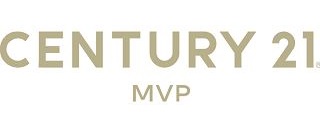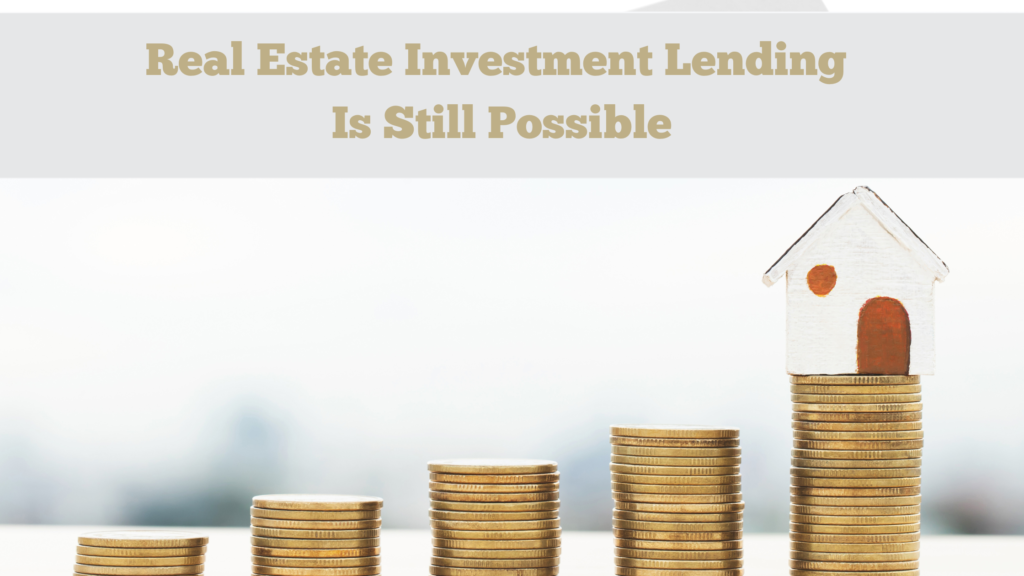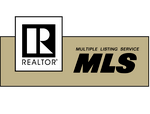REAL ESTATE INVESTMENT LENDING IS STILL POSSIBLE
With the rise of interest rates this last year, lenders have been scrambling to address
borrowers’ lack of excitement over their loan products. Particularly, investment lending has
been hit hard with the feeling of negativity by borrowers. Higher interest rates have created
challenges in getting properties to cash flow at current market values, which have not
decreased all that much despite the rise in rates. One answer is the DSCR investment loan. It is
a popular loan option for investors without much to show in the way of earned income and is
designed to address the needs of investors in this lending climate.
DSCR stands for “Debt Service Coverage Ratio”. Simply translated, the “Debt” – the loan that
an investor needs to buy the property; “Service” – is (serviced) paid back by the property itself;
“Coverage” – as covered by the property’s rental proceeds; and finally, “Ratio”- it comes down
to a number that is the purchase price vs the income generated minus the expenses.
The DSCR loan qualification is based on the property being purchased. Lenders will evaluate its
ability to qualify based on the income it can generate, rather than the borrower’s ability to
qualify as with a more traditional style of home loan. The property will need to show that it is
able to meet operating obligations and pay the loan, and best of all the borrowers’ personal
income is not taken into consideration.
It is a more streamlined loan without so much red tape. Most lenders offering DSCR investment
loans are looking for a 1.25 ratio or better, which means the property generates 25% more
profit after expenses. A ratio of 1 means the property breaks even. A 1.6 ration would be
superb, but it must have at least a 1.25. For example, if a property generates $125,000 a year in
income, its expenses can only be $100,000 at most. Income taxes are not included in the
expenses.
Investors like this loan because there is no limit to how many of these loans they can have as
again it is focused on the property’s ability to qualify not the borrower’s ability to repay. The
only requirement is that you will need to make the required down payment amount. You may
use your LLC when applying. This can also be your first investment loan, no need to prove
experience as an investor. However, most lenders offering this loan will require that you have a
minimum credit score of 680 and will require that you are borrowing at least $175,000. Because
these loans are considered conventional loans by most lenders who offer them, down
payments start at 20 percent of the purchase price, and it is possible to have a fixed rate for 30
years. The DSCR loan is currently running around 8 percent, but there are lenders out there
who can show you how to get that rate down with their specific programs.
Though there are other ways to finance your real estate investment, a DSCR loan has several
factors that make it unique.
So, what are the pros and cons?
- Pro: Underwritten by Property Cash Flow.
- Con: Higher Down Payment Required.
- Pro: Quicker to Obtain.
- Con: Higher Credit Score Needed.
- Pro: Uncapped Number of Mortgaged Loans.
Remember: As with other types of home loans, it is also possible to refinance these loans later
so you will want to make sure the DSCR you are applying for does not have any pre-payment
penalty.
I hope this was helpful. If you’d like to know more about how the DSCR investment loan works,
call or email me and I will be glad to help you figure out if this is the right option for you. This is
a very popular investment loan right now and is offered by most banks and mortgage brokers,
so ask your own lender that you are working with if they offer it.
Next month’s newsletter we will discuss BRRRR – see below for the definition – and also special
lending for your personal residence. Just like investment lending, the lending world has also
gotten creative in what they are offering home buyers with products to provide down payment
assistance, 100% financing etc. There are also special programs for first-time home buyers (you
might qualify as a first-time home buyer if you haven’t bought a new home in several years!)
and categories like first responders, teachers and doctors. We will share more next month!
The BRRRR (Buy, Rehab, Rent, Refinance, Repeat) Method is a real estate investment approach
that involves flipping a distressed property, renting it out and then getting a cash-out refinance
on it to purchase your next one.







